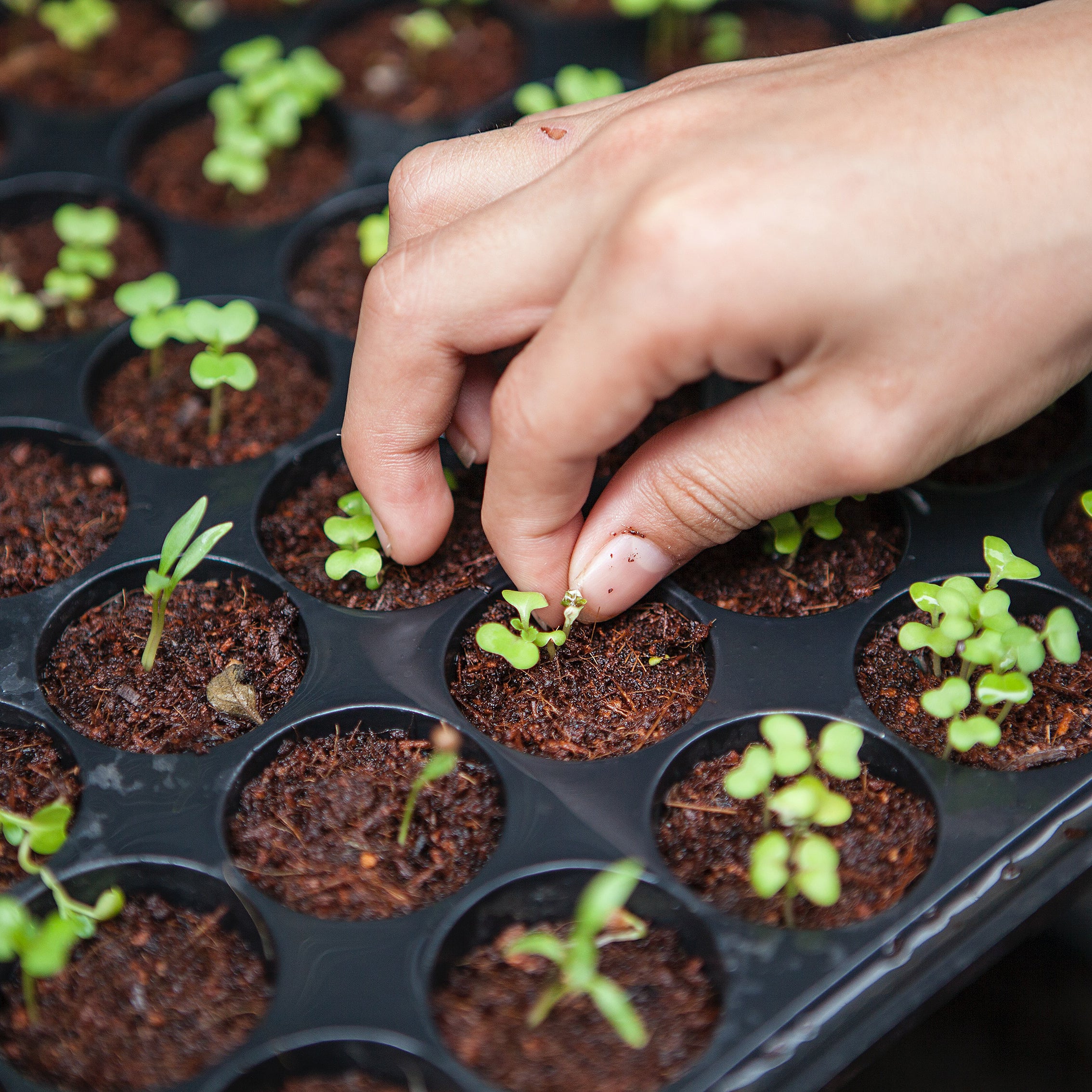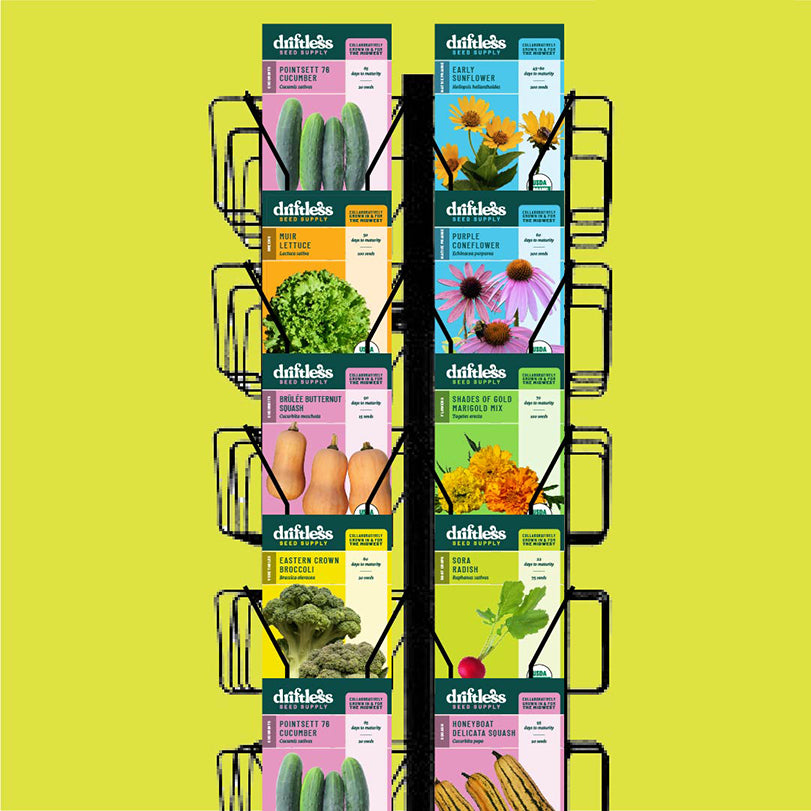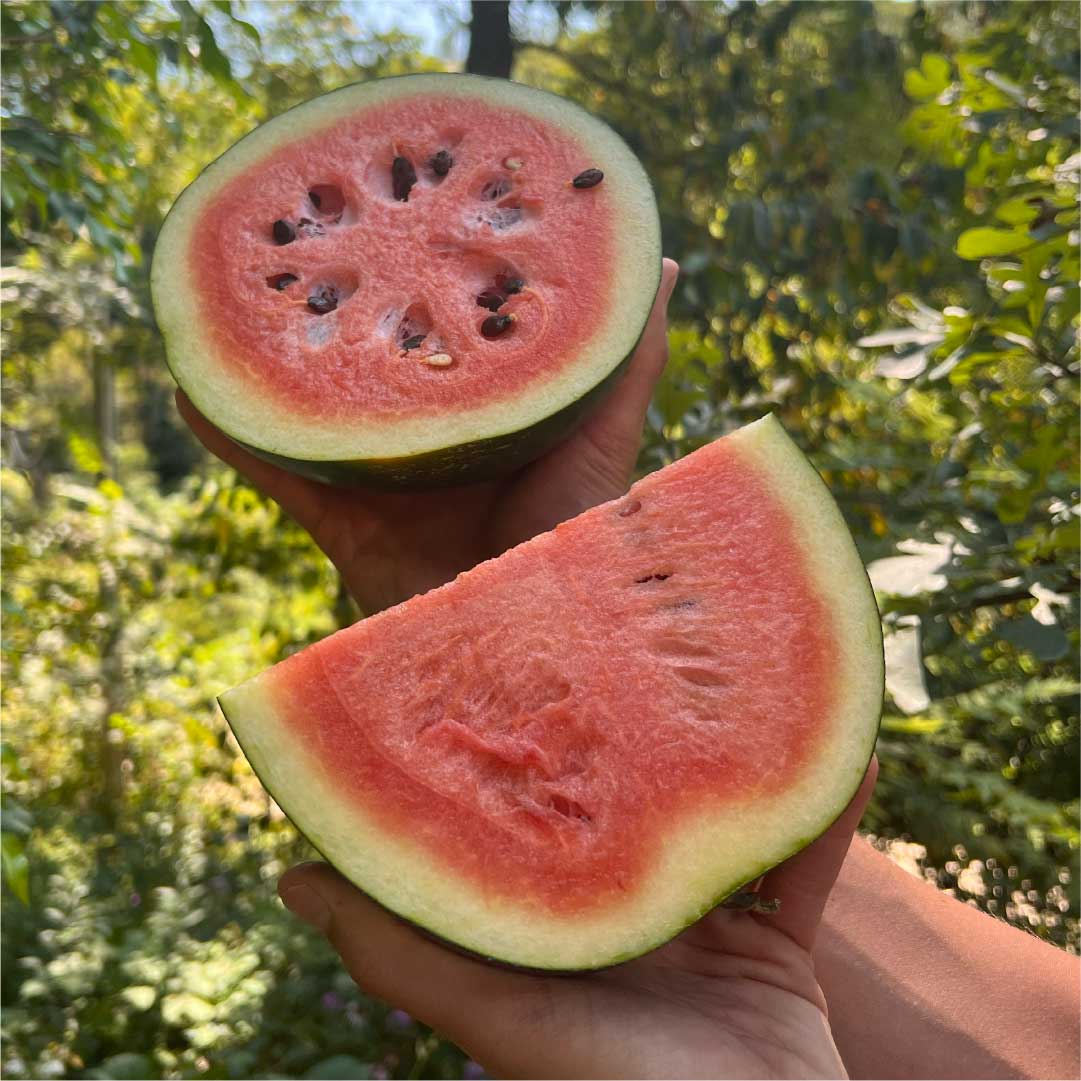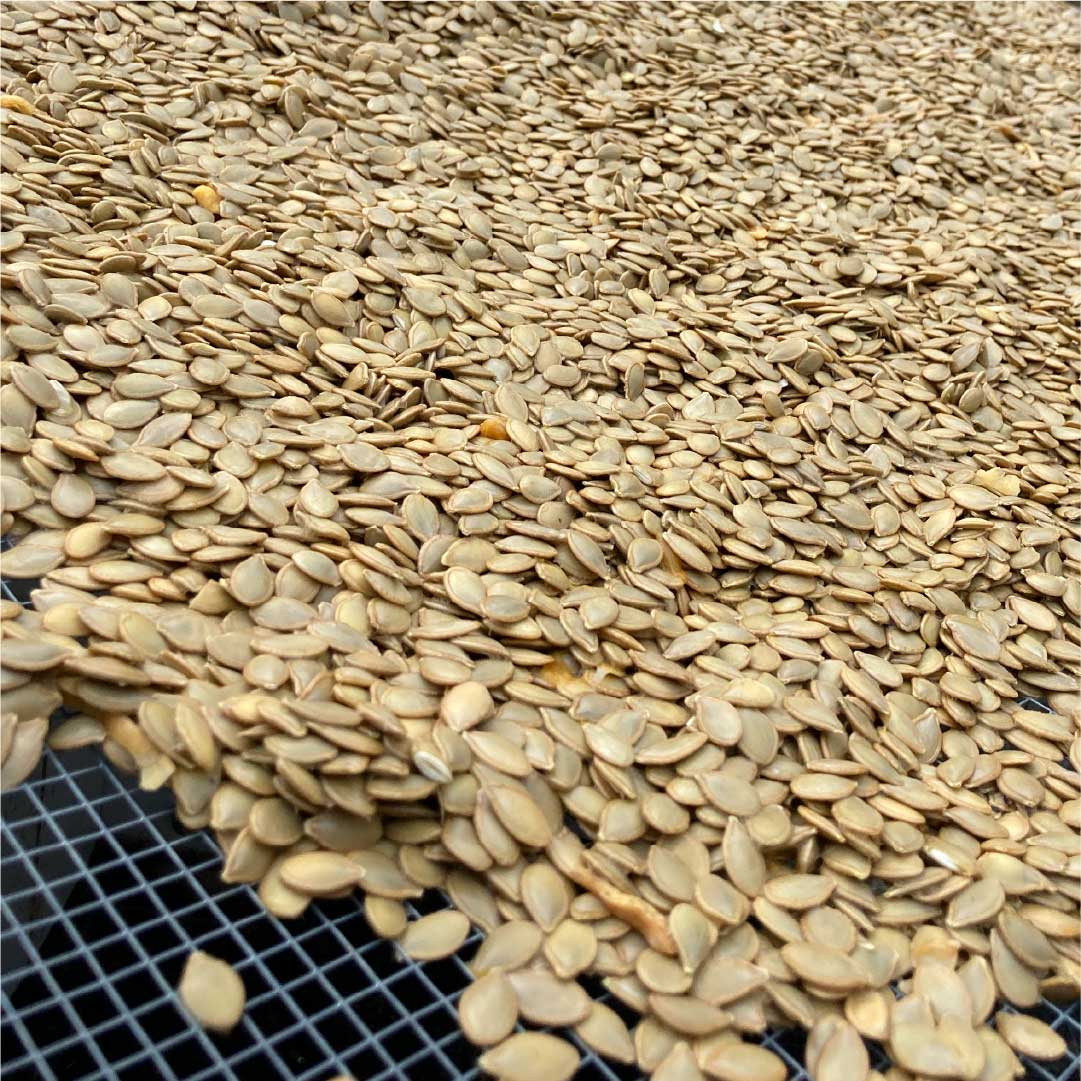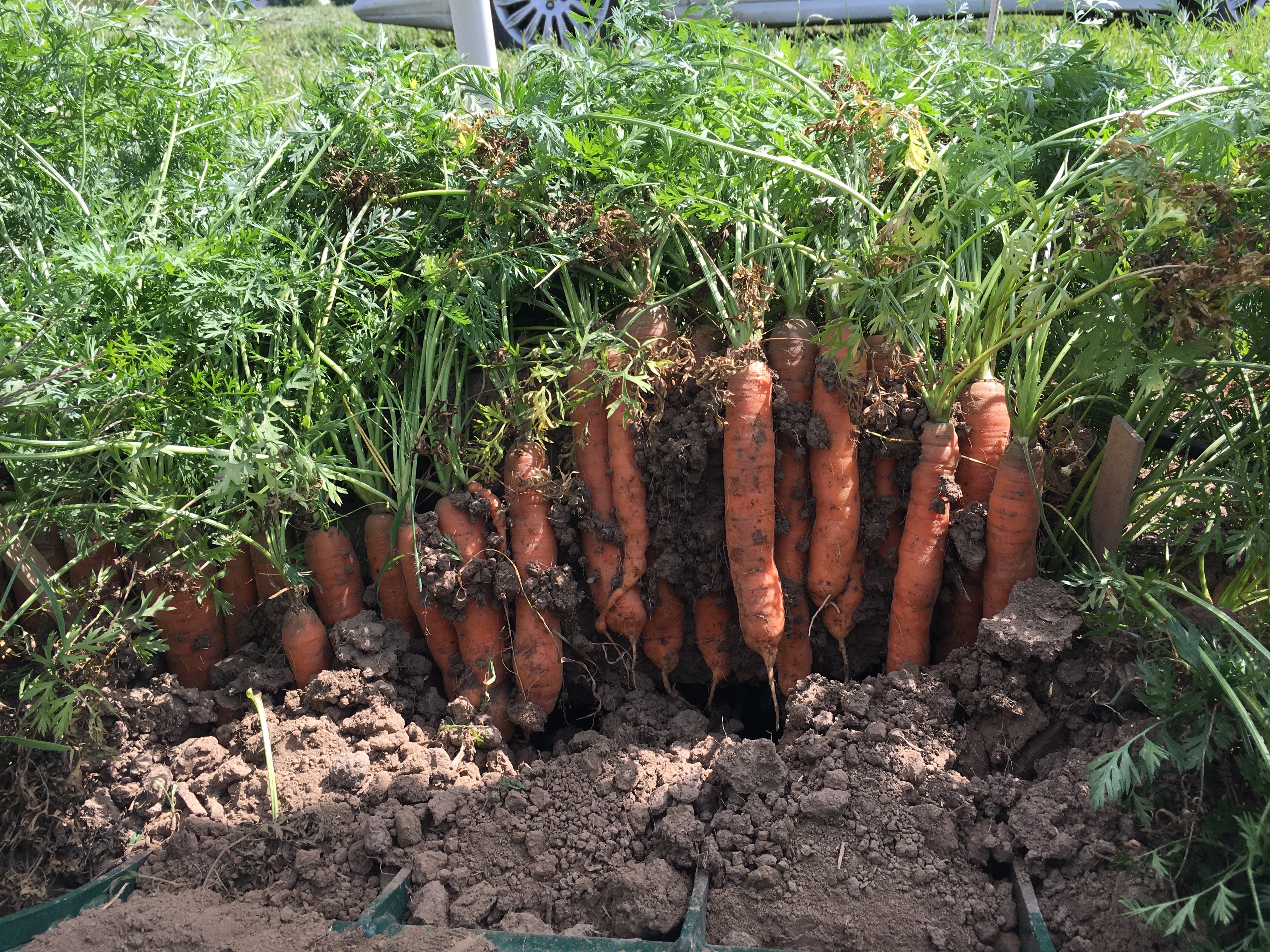
Driftless Seed Supply Grower Resources
Carrot Growing Resources
Historical and Cultural Significance
Carrots (Daucus carota var. sativus), part of the Umbelliferae family, have been cultivated for over 2000 years, initially as medicinal plants in middle Asia. Initially red, carrots have evolved into a variety of colors including white, purple, yellow, and orange, the latter being the standard in the U.S. today. Carrots are biennials, forming a rosette of leaves and an edible root in the first year, and flowering in the second after exposure to cool temperatures.
Choosing the Right Variety for Different Seasons
- Spring: Focus on early maturing varieties for quick harvest.
- Summer: Select heat-tolerant varieties and maintain consistent moisture.
- Fall: Choose varieties suitable for storage with resistance to common diseases and pests.
Site Selection and Soil Preparation
- Choose a location with full sun and well-drained soil.
- Ideal soil pH: 6.0–6.8.
- Prepare soil to be deep, loose, and fertile, ideally sandy loams or peat soils with good moisture retention for straight, smooth roots.
Planting: Timing, Spacing, and Depth
- Spring Planting: Sow as soon as the soil can be worked. Carrots grow best at 59°–65°F. Note that colored varieties will be more likely to bolt before harvest if planted in early spring. Choose orange varieties for spring plantings.
- Summer Planting: For a continuous harvest, sow carrots every 3 weeks. Be aware that warmer temperatures can cause coarse roots with poor flavor. Make sure to choose heat tolerant varieties such as Mokum.
- Fall Planting (for storage): Summer planting for a fall harvest is ideal for storage carrots. Store well in cold storage for winter use. Planting late summer for fall harvest is a great time to grow colorful carrots, although for long term storage varieties such as Bolero are best.
- Spacing: Seed in three rows per bed or ¾–1 inch apart in 2-inch wide rows 16–24 inches apart, or single rows 15–30 inches apart. Space storage carrots wider than bunching carrots.
- Depth: Plant seeds shallowly, around ¼”.
Irrigation
- Consistent moisture is key for carrot development. Avoid over-watering to prevent splitting or cracking of roots.
Fertilization
- Apply a balanced fertilizer at planting.
- Carrots require moderate amounts of manganese and other nutrients.
- On sandy soils, split nitrogen applications over the growing season.
- Excessive nitrogen can cause excessive top growth at the expense of root development.
For carrot cultivation, specific fertilizer recommendations, including NPK (Nitrogen, Phosphorus, Potassium) ratios, are essential for optimal growth. Here are some general guidelines:
Nitrogen (N):
- Apply 75 to 100 pounds of nitrogen per acre. Carrots need moderate nitrogen levels; too much can lead to excessive foliage growth at the expense of root development.
- Split the nitrogen application. Apply half at planting and the rest as a side-dressing during the mid-growth stage.
Phosphorus (P):
- If your soil test indicates low phosphorus levels, apply 50 to 100 pounds of P₂O₅ (phosphorus pentoxide) per acre.
- In soils with adequate phosphorus, a lower rate, such as 30 to 50 pounds per acre, may be sufficient.
Potassium (K):
Apply 100 to 150 pounds of K₂O (potassium oxide) per acre, depending on soil test results. Potassium is vital for overall plant health and root development.
- Other Considerations:
- Conduct a soil test to determine the specific nutrient needs of your soil.
- Carrots also benefit from micronutrients like manganese; consider using a complete fertilizer that includes micronutrients.
- Organic matter: Incorporating organic matter like compost can improve soil health and nutrient availability.
Remember, these are general recommendations. The exact fertilizer needs for carrots can vary based on soil type, previous crop history, and specific variety requirements. Conducting a soil test for accurate fertilizer application is essential.
Pest and Disease Management
Pests
Carrot Rust Fly:
- Preventative Measures: Use floating row covers to prevent flies from laying eggs. Crop rotation can also help.
- Organic Pesticides: Apply beneficial nematodes to the soil to target the larvae.
Aphids:
Preventative Measures: Encourage beneficial insects like ladybugs and lacewings that prey on aphids.
Organic Pesticides: Insecticidal soaps or neem oil can be effective against aphids.
- Carrot Weevil:
- Preventative Measures: Practice deep plowing and crop rotation to disrupt the life cycle of the weevil.
- Organic Pesticides: Apply parasitic nematodes or diatomaceous earth around the base of plants.
Diseases
Powdery Mildew:
- Preventative Measures: Ensure good air circulation around plants and avoid overhead watering.
- Organic Pesticides: Use sulfur-based or potassium bicarbonate-based organic fungicides.
Alternaria Leaf Blight:
Preventative Measures: Use disease-resistant carrot varieties and practice crop rotation.
Organic Pesticides: Copper-based fungicides can be effective in controlling this disease.
- Black Rot and Soft Rot:
- Preventative Measures: Ensure well-drained soil and avoid injury to the roots. Crop rotation is also important.
- Organic Pesticides: Proper field sanitation is key; there are limited organic treatments for these bacterial diseases.
General Recommendations
- Regular monitoring of carrot crops is essential to detect early signs of pests and diseases.
- Implementing an Integrated Pest Management (IPM) approach can be highly effective. This includes cultural practices, biological control, and the judicious use of organic pesticides.
- Maintaining healthy soil with good organic content can improve the overall resilience of the plants against pests and diseases.
- Always consult your local cooperative extension service for specific advice tailored to your region, as pest and disease pressures can vary greatly by location.
Remember to follow all label instructions and local regulations when applying any pesticides, organic or otherwise.
Harvesting
- Carrots can withstand mild frost and light freezes.
- Harvest based on the desired size. Generally, carrots are ready to harvest when they reach a suitable size and rich color. Allow carrots to get bigger and accumulate more sugars if planning to store for winter. Bunching carrots and those harvested during summer are better once mature but still tender, generally smaller than harvesting for storage.
Post-Harvest Handling and Storage
- Handle carefully to prevent damage.
- For storage, keep carrots at cold temperatures (32–40°F) with high humidity to maintain freshness.

